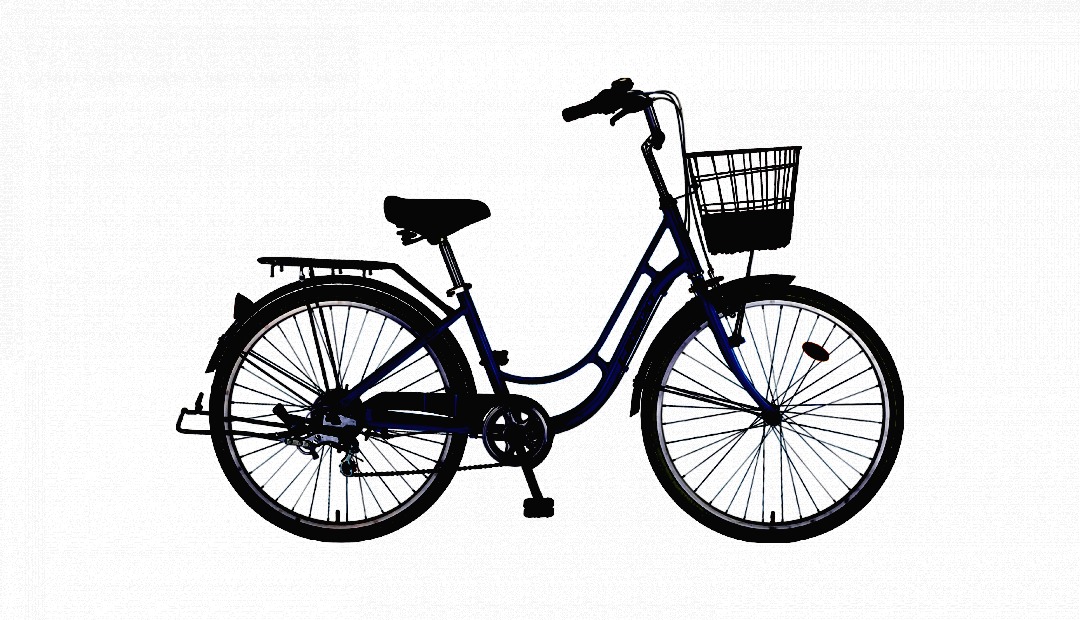중3영어 YBM 시사 박준언 2과 본문 해석 음원 mp3
Experience Different Cultures!
Let's Learn about Cultural Differences
Hi! My name is Kim Minhee. I have been living in America for three years. Since my family moved here, I have experienced many cultural differences between Korea and America. I would like to share some of them with you.
문화적 차이에 대해 배우자
안녕! 내 이름은 김민희야. 나는 미국에 3년 동안 살고 있어. 우리 가족이 이곳으로 이민을 온 이후로 나는 한국과 미국의 많은 문화적 차이를 경험하고 있어. 나는 그것들 중 몇 가지를 너희들과 공유하고 싶어.
Minhee: Look at this shirt. I like it.
Linda: It looks nice. How much is it?
Minhee: It’s 19 dollars and 99 cents.
Linda: That’s not expensive.
Minhee: Yes, I agree. I want to buy it.
Clerk: That’ll be 21 dollars and 20 cents.
Minhee: Really? But the price tag says it’s only 19 dollars and 99 cents.
민희: 이 셔츠를 봐. 마음에 들어.
Linda: 멋져 보인다. 얼마야?
민희: 19달러 99센트야.
Linda: 비싸지 않네.
민희: 응, 나도 그렇게 생각해. 그것을 사고 싶어.
점원: 21달러 20센트입니다.
민희: 정말이요? 하지만 가격표에는 단지 19달러 99센트라고 쓰여 있는데요.
Here in America, in most states, people pay a tax when they buy goods. It is called a sales tax. Sales tax rates differ by state. They range from less than one percent to more than ten percent. So when you buy goods in America, you usually need to pay more than the price on the tag.
이곳 미국에서는 대부분의 주에서 사람들이 물건을 구입할 때 세금을 내. 그것은 판매세라고 불려. 판매세의 비율은 주마다 달라. 판매세는 1퍼센트 미만부터 10퍼센트 이상까지 다양해. 그래서 미국에서 상품을 살 때, 너는 대개 가격표에 있는 가격보다 더 많은 돈을 지불해야 해.
Jessica: Hi, Mrs. Johnson!
Minhee: Hello, Mrs. Johnson!
Mrs. Johnson: Hi, Jessica! Hi, Minhee! How are you?
Jessica: Fine, thank you. We are here for a burger. Enjoy your meal.
Mrs. Johnson: Thank you. You, too!
Minhee: Jessica, why did you wave to Mrs. Johnson?
Jessica: 안녕하세요, Johnson 할머니!
민희: 안녕하세요, Johnson 할머니!
Mrs. Johnson: 안녕, Jessica! 안녕, 민희! 잘 지내지?
Jessica: 잘 지내요, 감사합니다. 저희는 여기 버거 먹으러 왔어요. 식사 맛있게 하세요.
Mrs. Johnson: 고맙구나. 너희들도!
민희: Jessica, 왜 너는 Johnson 할머니께 손을 흔들어?
In America, people often greet each other by waving. Waving to an older person is not regarded as rude. When you come to America, you may feel uncomfortable about it at first, but why don’t you try it? You can wave to and smile at an elderly man walking on the street. He may wave back.
미국에서 사람들은 종종 손을 흔들며 서로에게 인사해. 나이가 많은 사람에게 손을 흔드는 것은 무례하다고 여겨지지 않아. 네가 미국에 오면 처음에는 그것에 대해 불편하게 느낄 수 있어. 하지만 한 번 시도해 보지 않을래? 너는 길을 걷고 있는 연세가 많으신 할아버지께 손을 흔들며 미소를 지어도 돼. 그도 너한테 답례로 손을 흔들지도 몰라.
Andy: Minhee, try this apple pie.
Minhee: No, thanks. I don’t want to.
Andy: Why not? Don’t you like apple pie?
Minhee: Yes.
Andy: Then, try some. It’s delicious.
Minhee: No. I just said I don’t like apple pie.
Andy: What?
Andy: 민희야, 이 사과 파이 좀 먹어 봐.
민희: 아니야, 고마워. 먹고 싶지 않아.
Andy: 왜 안 먹어? 너는 사과 파이를 좋아하지 않니?
민희: 응.
Andy: 그러면, 좀 먹어 봐. 맛있어.
민희: 아니. 내가 사과 파이를 좋아하지 않는다고 방금 말했잖아.
Andy: 뭐라고?
Americans often ask negative questions, such as “Aren’t you coming?” and “Didn’t you go to the hospital?” It can be difficult to answer negative questions correctly. Here is some advice.
미국 사람들은 종종 “너 안 오니?”, “너 병원 안 갔니?”와 같은 부정의문문으로 질문해. 부정의문문에 바르게 대답하는 것은 어려울 수 있어. 여기 약간의 충고 사항이 있어.
In response to negative questions, such as “Don’t you like apple pie?” you should answer “No,” if you don’t like it. And you should answer “Yes,” if you like it. These answers are the same as the answers to positive questions, such as “Do you like apple pie?”
“너는 사과 파이를 좋아하지 않니?”와 같은 부정의문문의 대답으로 만약 사과 파이를 좋아하지 않는다면 너는 “No.”라고 대답해야 해. 그리고 만약 그것을 좋아한다면 “Yes.”라고 대답해야해. 이 대답들은 “너는 사과 파이를 좋아하니?”와 같은 긍정의문문에 대한 대답들과 같아.
| Like | Don’t like | |
| Do you like apple pie? | Yes, I do. | No, I don’t. |
| Don’t you like apple pie? | Yes, I do. | No, I don’t. |
Which cultural difference is most surprising to you? I have been learning about cultural differences since I came to America. Some surprised me at first, but now I am getting used to them.
어떤 문화적인 차이가 너에게 가장 놀랍니? 나는 미국에 온 이후로 문화적인 차이에 대해 계속 배우고 있어. 어떤 것들은 처음에 나를 놀라게 했지만, 지금은 그것들에 익숙해지고 있어.
'중3영어교과서' 카테고리의 다른 글
| 중3영어 YBM 시사 박준언 4과 본문 해석 음원 mp3 Time for Digital Detox (0) | 2020.05.12 |
|---|---|
| 중3영어 YBM 시사 박준언 3과 본문 해석 음원 mp3 The World of Wonderful Jobs (0) | 2020.05.12 |
| 중3영어 YBM 시사 박준언 1과 본문 해석 음원 mp3 My Dream House (0) | 2020.05.12 |
| 중3영어 천재교육 정사열 본문 special 2 음원 mp3 Teens’ Magazine (0) | 2020.04.22 |
| 중3영어 천재교육 정사열 본문 음원 mp3 special 1 The Frog Prince Continued (0) | 2020.04.22 |



